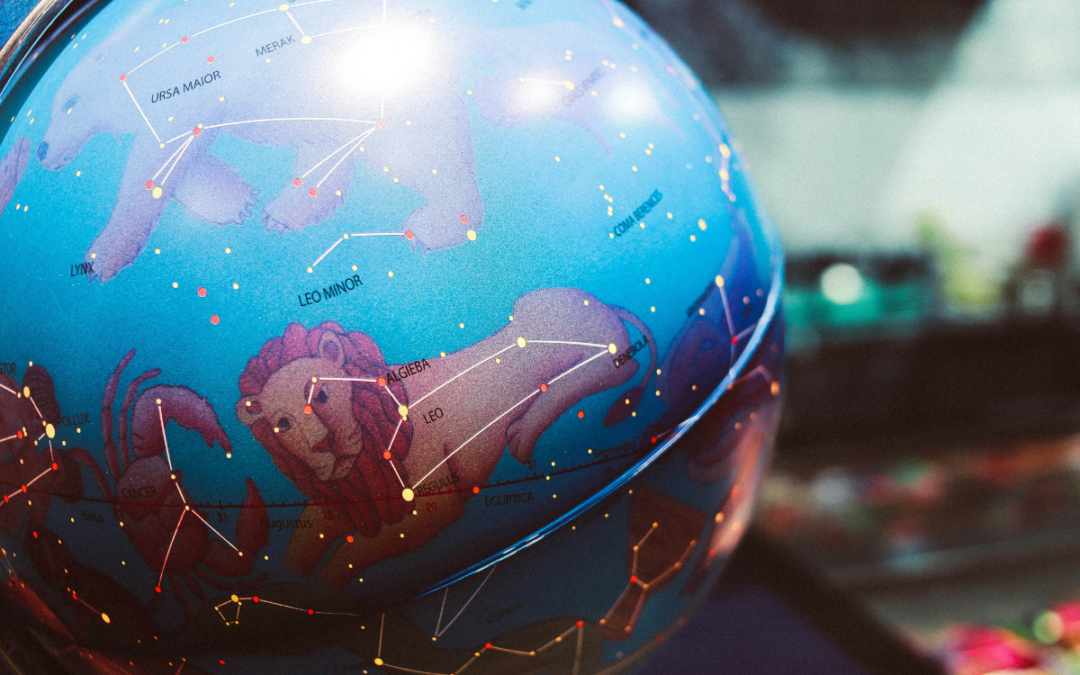
The Woodrow Wilson Presidential Library and Museum recently announced a new exhibit - the Quarantine Museum. Contributed photo.
The exhibit focuses on personal experiences during historical and present pandemics.
STAUNTON – This wasn’t the year any Virginia museum wanted. Closing across the state in March, many didn’t reopen until late summer.
That’s exactly what happened at Staunton’s Woodrow Wilson Presidential Library and Museum. Closing promptly following Gov. Ralph Northam’s order, the former president’s birthplace reopened on July 1.
Unfortunately, not every potential guest will walk through the manor’s doors this year due to personal COVID-19 precautions. However, that doesn’t mean they won’t get to experience the museum.
As the pandemic stretched into autumn, museum staff came up with an idea. If people couldn’t come to the building, the exhibits could go to them. Better yet, they could be a part of something brand new.
Through the fall and winter months, the historic site will craft a quarantine museum.
A grant from the Institute of Museum and Library Sciences propelled the project forward. Emily Kilgore, director of education and engagement, explained that the WWPLM was one of 68 institutes that the grant benefited.
The site is one of five organizations and one of two museums chosen in Virginia, out of 1,700 applicants nationwide.
“We were very, very lucky,” Kilgore said.
With grant funds, the museum will create educational content for nonprofit services and produce teacher resources. They will also present teacher workshops focused on teaching complex subjects through primary sources.
“History is a really big thing again. Thank goodness, for us,” Kilgore said. “So we really wanted to enhance that ability to kind of teach the difficult subjects.”
The pandemic president
“I had a little bird, whose name was Enza. I opened up the window and in flew Enza.”
Children chanted the schoolyard rhyme as the 1918 Spanish Influenza wreaked havoc across the nation. As the coronavirus rampages 102 years later, there’s an eye on the past.
“Obviously the pandemic of 1918 is very, very big in the news. So we know that 100 years from now, people will be talking about the pandemic of 2020 and what it did to America and the world,” Kilgore said. “What we wanted to do was tell a story of basically where they were when it happened.”
Collecting stories from individuals in Staunton, Harrisonburg the Shenandoah Valley and beyond, Kilgore and team will create an exhibit centered around the current health crisis.
“[This] is going to allow community members to essentially tell the story of themselves during the coronavirus crisis,” Kilgore said. “The history that we’re living in now, we like to think of it as it’s going to be studied in the future.”
Providing museum-quality material – such as gloves, pencils and archival boxes – the historic site requests that individuals and nonprofit organizations participate in the project.
“These individuals will be able to create their own story while learning, basically, what makes a museum exhibit,” Kilgore said. “So like the processes that we go through to develop an exhibit, how to collect oral histories, how these histories and what people say – like the quotes that you see on exhibit walls – how do we get there? And then basically, just getting this overarching idea that we are making history right now.”
Gaining momentum
The museum staff will collect video interviews and tangible artifacts for the exhibit throughout the fall and winter months.
“When people develop these, with all the materials that we provide, we’ll then be able to display these. We’re going to call them ‘museums,’ ‘quarantine museums,’ in our temporary exhibit gallery, if it’s safe to remain. Basically, if we’re able to stay open and everything like that, and have people physically come in and kind of see these exhibits,” Kilgore said. “But we also have a virtual component that tells the story of the community and what the quarantine means to them.”
The museum also hosts an online video series dedicated to those interested in preserving their own ancestral treasures. Known as “How Do I?”, it’s a way to help people learn what the museum does with things in their day-to-day life.
“You know, focusing on how to take care of you old photographs, how to take care of your old letters. That sort of thing. And it’s kind of this first part of what we had hoped if we had gotten this grant,” Kilgore said. “It was going to be the first part of this series, basically teaching people using our staff, our archivist, our curator, our preservationist director, our CEO. So you’re getting that professional museum opinion on how do you best take care of that letter of your great-great grandmother? How do you take care of that letter from your grandfather who served in World War II? Or great-grandfather that may have served in World War I? How to save those things to then better understand the different components of what goes into a museum.”
A new historical retelling
Rather than reading a letter or seeing a black and white photograph, Kilgore noted that people living today have a different option when telling their tales. People can record themselves telling their story.
“We do understand that technology is a very big part of our lives and 100 years ago when people were collecting oral histories, as they call them, they were just writing things down. They were writing letters. They were writing military service records, that sort of thing. But now we live in very much a digital age, so it allows people to go beyond just having a letter,” Kilgore said. “Physically recording a voice or a face – that way, they can create basically a digital exhibit with themselves talking. And it’s a great way to get that oral history concept alive and well because people don’t think to go and ask grandma and grandpa today, ‘What did you go through? How did life exist? What did you do growing up?’ That sort of thing.”
History repeating
With America back in a pandemic situation a century later, there’s renewed interest in how past leaders handled similar circumstances. The quarantine museum will touch on how history still impacts actions today.
“What we’re trying to hope to get out of this is to also kind of teach people about not just Wilson’s presidency, but the role of the presidency. Obviously it’s an election year, so the roll of the president is very big in our day-to-day lives. So our hope out of this is that we’ll be able to teach people not just how to collect their own history, but how to study it, how to learn history and how to see Wilson’s legacy – both positive and negative – what that brings into how we look at the world today.”
Wilson’s history is especially interesting right now, as he was president during the 1918 Flu outbreak. Churches closed, concerts were canceled and people fought over the idea of wearing a mask. Wilson himself downplayed the seriousness of the flu at the beginning. Then his oldest daughter Margaret got it. Several Secret Service members got it as well. And in April 1919, Wilson got sick.
I don’t think people thing about, ‘Life 100 years ago – how does that affect me now?’ But it does. So that’s kind of our big component,” Kilgore said. “We like to say we don’t just talk about Woodrow Wilson, we talk about the life and times of Woodrow Wilson. So we’re going to hope to expand with this the Quarantine Museum and not necessarily just focus on Wilson because we understand that the history of when Wilson was president is the history of what was happening in the world as a whole.”
Kilgore noted that the preliminary plans for the new exhibit are currently underway. In November, the museum plans to reveal more information about the specific objects and stories they hope to collect.
To keep up to date with the new exhibit’s progress, visit the WWPLM’s Facebook page.
Amie Knowles reports for The Dogwood. She can be reached at [email protected]

Politics

Birth control protections await action by Youngkin
Republican Gov. Glenn Youngkin has until May 17 to block or sign into law stronger legal protections for people to access contraception The fate of...

VIDEO: Prescription drugs are getting cheaper for seniors thanks to Biden’s Inflation Reduction Act
Prescription medication costs are falling by the thousands this year for more than a million American seniors due to President Biden’s Inflation...
Local News

The zodiac signs of 12 iconic women offer insight into their historic accomplishments
Zodiac signs can tell you a lot about someone’s personality. Whether they’re an earth, water, air, or fire sign, these 12 categories (which are...

Virginia verses: Celebrating 5 poetic icons for National Poetry Month
There’s no shortage of great writers when it comes to our commonwealth. From the haunting verses of Edgar Allan Poe, who found solace in Richmond's...





